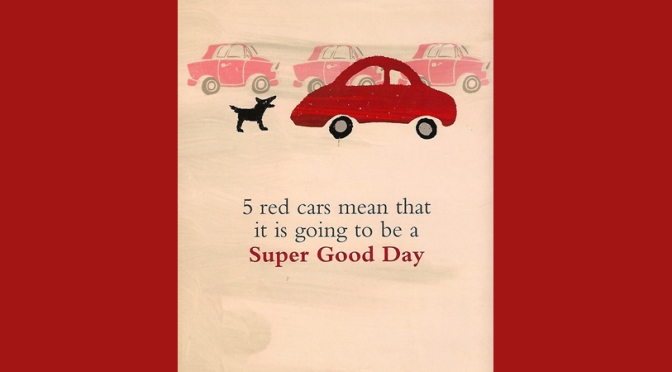According to Sir Philip Sydney, art serves the dual purpose of instruction and pleasure so learning from films and books can be just as useful, even if they are fictional work. So instead of just studying a textbook to learn about autism, you could watch Rain Man.

As for books I’d recommend The Curious Incident of the Dog in the Night Time. Mark Haddon wrote this book from the perspective of a fifteen year old autistic child named Christopher Boone yet never makes any direct references to autism itself. Instead, chapter by chapter, he incorporates various symptoms and indications of autism to give the readers a more investing first person narrative. It’s a very interesting book for this very reason.
Here are some of Christopher’s symptoms in the book:
I find people confusing. This is for two main reasons. The first reason is that people do a lot of talking without using any words. Siobhan says that if you raise one eyebrow it can mean lots of different things. It can mean ‘I want to do sex with you’ and it can also mean ‘I think that what you just said was very stupid.’

I got Siobhan to draw lots of these faces and then write down next to them what exactly they meant. I kept the piece of paper in my pocket and took it out when I didn’t understand what someone was saying. But it was very difficult to decide which of the diagrams was most like the face they were making because people’s faces move very quickly.
Unable to understand jokes or metaphors: Christopher interprets what someone says word for word and fails to understand the implied meaning. This is why he has difficulty in comprehending the ‘play’ of language.
…she said lots of things I didn’t understand e.g ‘I’m going to hit the hay’ and ‘It’s brass monkeys out there’ and ‘Let’s rustle up some tucker’. And I didn’t like it when she said things like that because I didn’t know what she meant.
Unable to comprehend abstract concepts: Christopher has a hard time understanding things like God and heaven.
A need for schedules and sameness: Christopher follows a certain schedule or routine for different days and does not like to remove things from the timetable once it has been added. So when he is stymied in completing something according to his timetable, he gets anxious.

You can also read about the different techniques Christopher uses through out the book when he becomes anxious or uncomfortable.
Repetition works as a calming mechanism for him. For example, when he gets lost in the train station all alone, he imagines a long line on the floor and walks along it while saying ‘left, right,left, right’. This repetitive pattern and rhythm assuages his anxiety of being in an unfamiliar place.
Also, research has found that autistic children having a pet at home have more advance social skills, are more assertive ( like asking questions) and more communicative than autistic children who do not have an animal companion. So Christopher’s pet rat Toby definitely helps him in this way. The dog he gets later on helps him since dogs are better at providing emotional support.
This book is particularly interesting for psychology students, even though it is a work of fiction so please give it a read!
Images: Google, The Curious Incident of the Dog in the Night Time text
